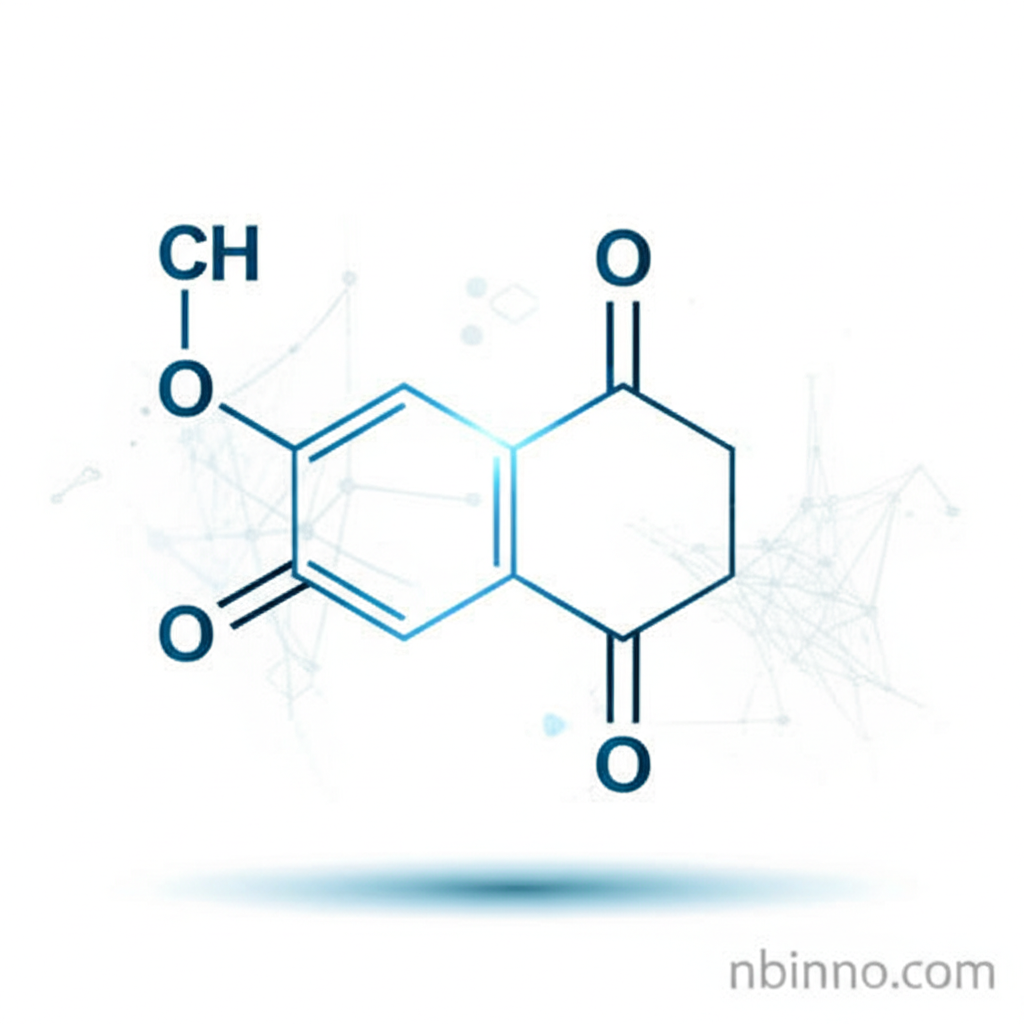Chlorodifluoromethane (R-22): Properties, Applications, and Environmental Impact
Exploring the multifaceted nature of HCFC-22, from its industrial uses to its critical environmental considerations.
Get a Quote & SampleProduct Core Value

Chlorodifluoromethane
Chlorodifluoromethane, commonly known as R-22 or HCFC-22, is a hydrochlorofluorocarbon that has played a significant role in refrigeration and as a chemical intermediate. Its unique properties, including a low boiling point and relative stability, made it a popular choice for decades.
- Understanding the chlorodifluoromethane refrigerant phase out is crucial for industries relying on older cooling systems.
- The HCFC-22 uses and applications have historically been broad, spanning air conditioning and industrial processes.
- The R-22 ozone depletion potential, while lower than earlier CFCs, contributed to its eventual regulation.
- Exploring chlorodifluoromethane environmental impact reveals its significant contribution to global warming.
Key Advantages and Considerations
Effective Refrigerant
For many years, chlorodifluoromethane served as a highly effective refrigerant, providing reliable cooling performance in a wide range of systems. Its thermal properties contributed to the efficiency of air conditioning and refrigeration units, making it a staple in the industry.
Chemical Synthesis Intermediate
Beyond its role in cooling, chlorodifluoromethane is a vital precursor in the synthesis of other important fluorinated compounds. This capability highlights its versatility in organic chemistry, underpinning the development of new materials.
Regulatory Landscape
The phase-out of R-22 under international agreements like the Montreal Protocol underscores the global shift towards more environmentally friendly chemicals. Understanding chlorodifluoromethane production and regulation is key for compliance and future planning.
Key Applications
Refrigeration and Air Conditioning
Historically, the primary application of chlorodifluoromethane was as a refrigerant in residential, commercial, and industrial cooling systems, contributing to comfort and preservation.
Chemical Synthesis
It serves as a critical building block in the chemical industry, particularly in the production of tetrafluoroethylene and other fluorinated polymers and compounds.
Propellant Use
In the past, chlorodifluoromethane was also utilized as a propellant in aerosol products, though this application has largely been discontinued due to environmental concerns.
Laboratory Reagent
In research settings, it can be used as a source of difluorocarbene, a reactive intermediate for specific chemical transformations.
